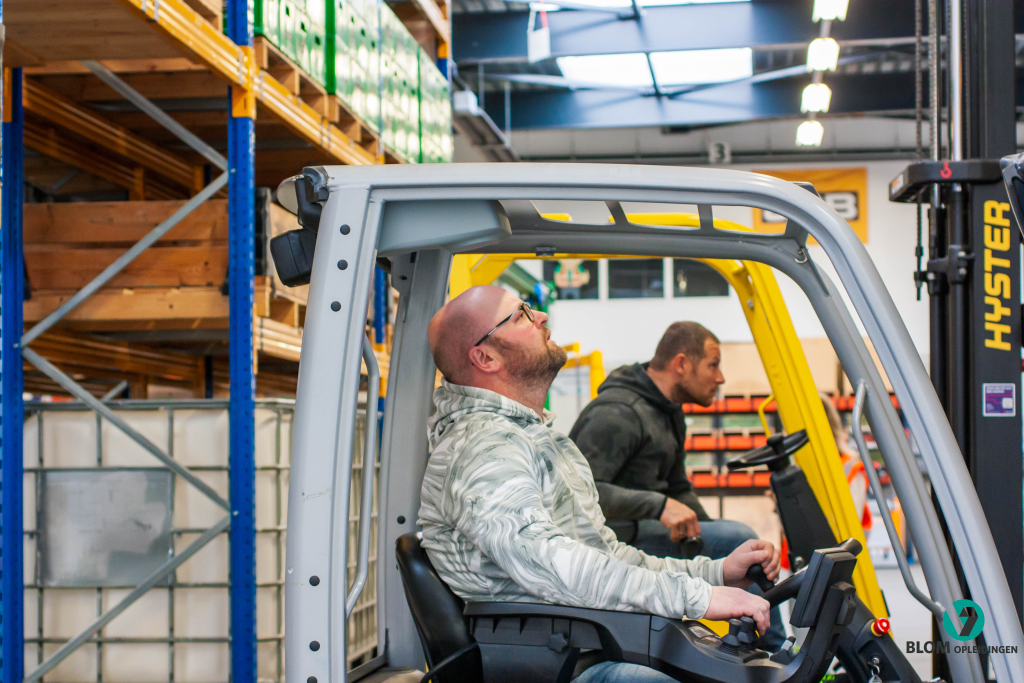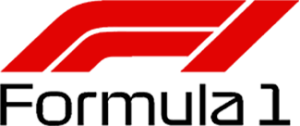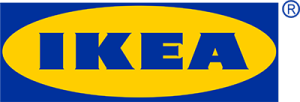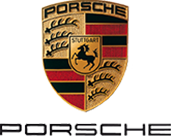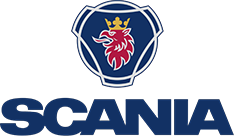Efficient use of space is critical in modern warehouse operations. As storage demands increase and real estate becomes more expensive, businesses are turning to innovative solutions that allow them to do more with less. One of the most effective strategies for increasing storage density without expanding warehouse footprints is the use of Very Narrow Aisle (VNA) forklifts, particularly when combined with KOOI® ReachForks. Together, these technologies allow warehouses to maximize productivity, improve inventory access, and reduce operational costs.
A Very Narrow Aisle (VNA) forklift is a type of material handling equipment specifically engineered to operate in aisles significantly narrower than those required for standard forklifts. Traditional aisles are typically 3 to 4 meters wide, but Very Narrow Aisle forklifts can efficiently maneuver in spaces as narrow as 1.5 meters, helping businesses dramatically increase storage density. This reduction in aisle width can increase a warehouse’s storage capacity by up to 40%, making it an attractive option for operations where space is at a premium.
VNA forklifts are commonly used in high-density storage environments such as logistics centers, cold storage facilities, retail distribution hubs, and e-commerce warehouses. Their design allows for high stacking and deep-rack storage, making them ideal for both pallet storage and retrieval in vertical racking systems.
One of the defining features of modern VNA forklifts is the inclusion of a rotating mast or turret head that allows for 180-degree movement. This enables operators to pick and place pallets on either side of a narrow aisle without having to turn the entire vehicle. Such precision reduces the need for wide turning radii and speeds up material handling tasks, contributing to overall warehouse efficiency.
To further enhance their flexibility, these forklifts can be fitted with hydraulic, extendable forks—an area where Meijer Handling Solutions excels with their KOOI® ReachForks technology.
KOOI® ReachForks are hydraulically extendable forks that allow forklifts to reach deeper into racking systems or accommodate varying pallet sizes. This is especially useful in double-deep storage applications, where a second row of pallets is stored behind the first. Rather than using a larger reach truck or relocating stock, operators can extend the forks to access the second row without repositioning the forklift.
These forks are particularly beneficial when dealing with changing pallet configurations or when more distance between the forklift and the racking is required—such as when obstructions or structural components prevent close access. KOOI® ReachForks offer the flexibility to adapt on-the-fly, reducing downtime and improving operational versatility.
When turning with the long, fixed forks of a forklift, it is more difficult to slide them into the fork pocket, requiring a large turning radius. With set-back forks, the turning radius is about 30% shorter, reducing the risk of hitting pallet blocks.
Double-deep pallet stacking in warehouses saves aisle space, freeing up to 40% more pallet space.
Maximize your storage capacity while minimizing overhead — our narrow aisle solutions reduce the need for costly warehouse expansion by optimizing every inch of space.
In principle, they should be compatible, but it depends on the forklift manufacturer, as an additional hydraulic function often needs to be connected to the telescopic forks. This process can be easier with some brands of VNA forklifts than with others.
This depends entirely on the forklift model. For a forklift with a swivel mast, the maximum weight is approximately 250 kg, whereas forklifts with a rotating mast can handle up to 1000 kg. Your forklift supplier can provide more specific information.
Yes, ReachForks are already offered as a standard option by various European and American forklift manufacturers. The applications can vary; ReachForks can be used for handling different pallet configurations or for double-deep applications.
When a pallet is moved forward, the distance between the pallet and the forklift increases. This usually requires the use of a heavier forklift for one-sided loading and unloading. The reason is that the pallet’s center of gravity shifts, and the forklift must maintain balance with the extended pallet to prevent it from tipping over. In addition, hydraulically controlled, extendable forks require a fourth function, which many forklift brands offer as a standard or optional feature. Therefore, it is crucial to consult a forklift supplier who is likely familiar with our KOOI® ReachForks, as they are also supplied directly to most forklift manufacturers. If you need local assistance, contact your local KOOI® dealer:
